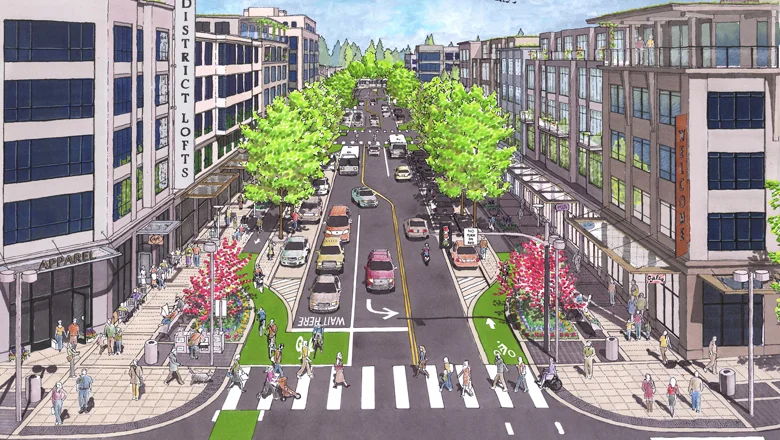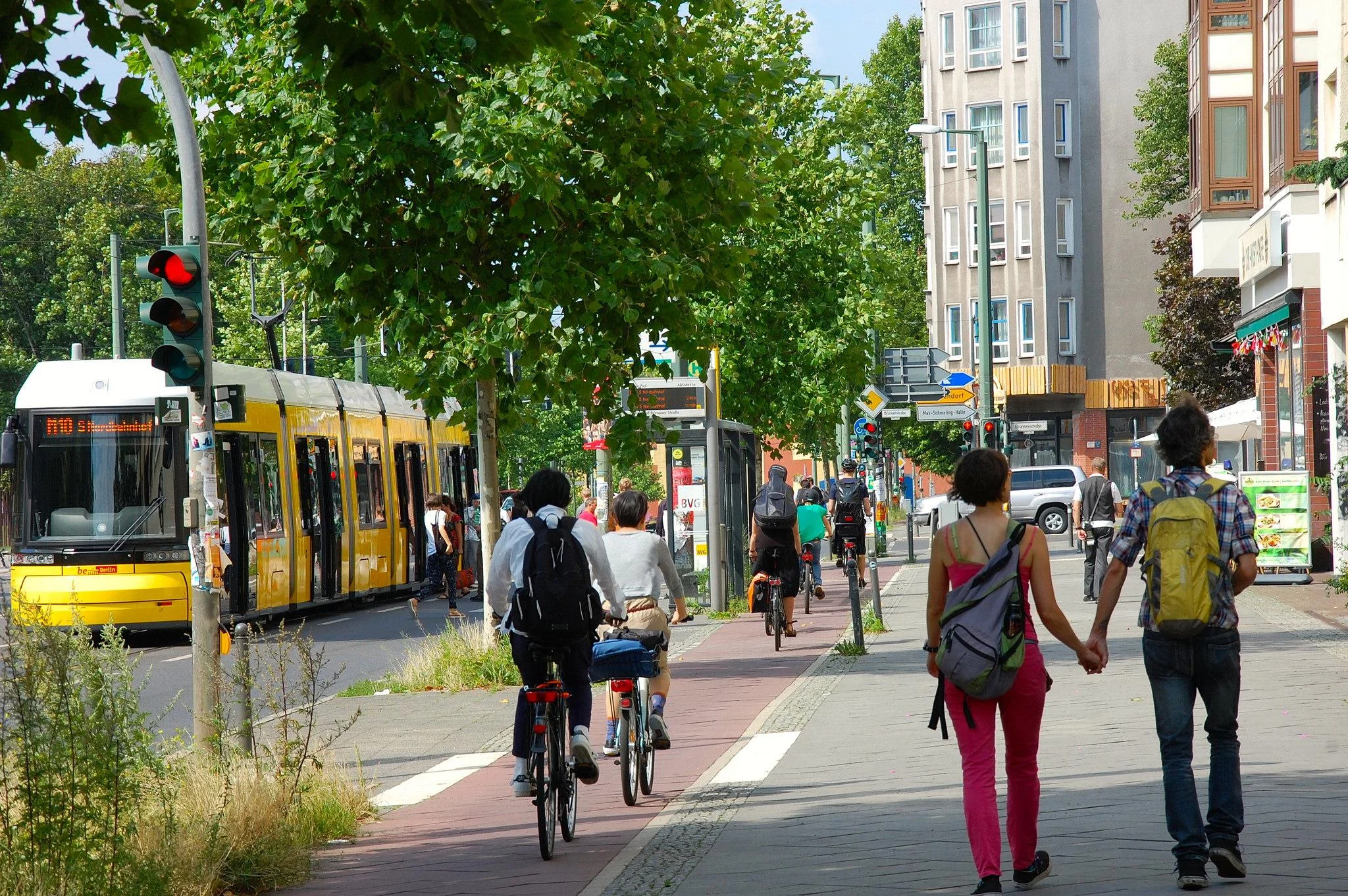Complete streets are streets that increase the safety, comfort, and efficiency for all forms of users, from pedestrians to motorists. They are specifically designed with accessibility in mind, so that residents can have easy access to all of the places they like - and need - to frequent. You can see a video in a previous article of ours here that explains this idea of complete streets in more detail.
Not only are these complete streets beneficial for the health and well-being of the local residents, but they also have outstanding economic benefits for the surrounding areas. In a report by the National Complete Streets Coalition, we find a wealth of statistical data that supports the economic benefits of complete streets in a variety of areas - urban, suburban, and rural. Complete streets
Improve Family Financial Security - Complete streets provide families with alternative means of transportation, increasing accessibility to affordable housing and job opportunities, as well as freeing up income to be spent on other goods and services, continuing to drive the local economy. Families in both Dallas and Cleveland saw an average of over $9,000 saved in transportation costs alone.
Save Businesses Money - The costs of congestion to both the local area and its businesses are staggering. In the San Francisco Bay Area, businesses lost more than $2 billion a year due to employees wasting time in traffic, and Los Angeles sees its costs at over $1.1 billion a year. By decreasing the congestion on the roads, businesses receive a better return on their employee investments.
Drive Sales - More foot and bicycle traffic means more eyes on local businesses and an increase in shoppers. For example, Valencia Street in San Francisco saw business sales increase by 60% when they created a bike lane.
Attract Private Investments - When sales for a particular area increase, businesses follow. This not only creates jobs, but improves the overall economic stability of the area. Washington, D.C. saw this happen when improvements brought in 40 new businesses, almost 200 new jobs, and increased sales and pedestrian traffic. Lancaster, California made changes to revitalize their downtown and saw $125 million in private investments, their sales tax revenue increase by 26%, and businesses create 800 new jobs. The public investment for that project was only $10.6 million, in comparison to the return. When another city, Mountain View, California, added space for sidewalk cafes and redesigned for pedestrian safety, investors brought $150 million into the area, making their downtown area into a more desirable destination.
Increase Property Values - People - especially families - want to live in an area where they feel safe. A survey conducted with data from across the country showed that improving the walkability of a neighborhood can increase the value of homes between $700 and $3,000. A neighborhood in North Carolina developed a bicycle path and brought nearby home values up by $5,000 and predictions show that a similar project in Delaware is expected to improve property values by nearly $9,000. People are willing to pay more for accessible, safe neighborhoods.
To learn more about Complete Streets, you can also visit Smart Growth America's dedicated webpage on this topic. We would also encourage you to download our FREE white paper on how we at Crane Development seek to implement complete streets in downtown Toledo! Please feel free to contact us with any questions you might have.


